Stay Ahead of the Curve
Latest AI news, expert analysis, bold opinions, and key trends — delivered to your inbox.
Elon Musk and the Age of Universal High Income (UHI)
6 min read A Vision Fueled by Robots, Autonomous Cars, and Economic Abundance May 14, 2025 12:48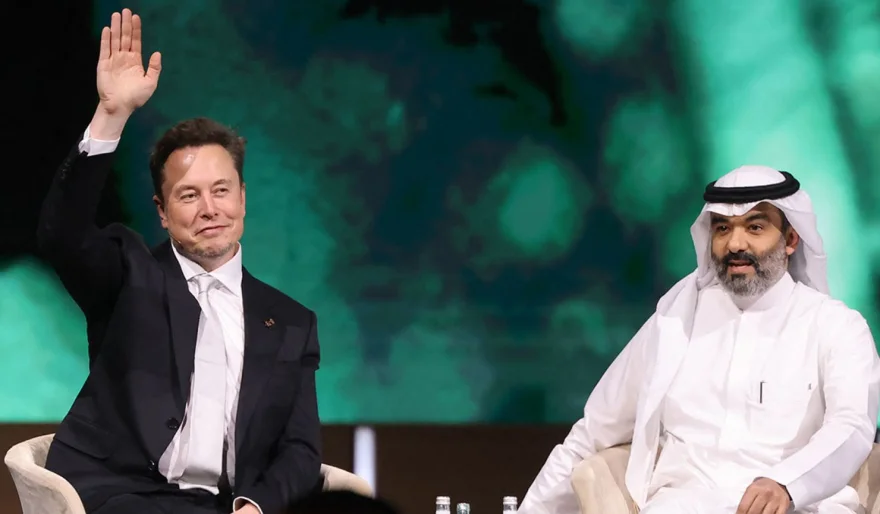
On May 13, 2025, Elon Musk took the stage at the Saudi-U.S. Investment Forum in Riyadh and reaffirmed a bold, futuristic idea:
Not Universal Basic Income (UBI), but Universal High Income (UHI)—a world where AI and robotics create such abundance that everyone benefits.
Here’s what he said, why it matters, and what it could mean for the global economy.
🔍 What Musk Said in Riyadh
Speaking in front of global leaders and tech investors, Musk outlined how Tesla’s latest technologies could reshape the global economy:
1. Optimus Humanoid Robots
-
Tesla’s Optimus could drive a 10x expansion in economic output.
-
He said: “Once you have humanoid robots, the actual economic output potential is tremendous—it’s really unlimited.”
-
Optimus is expected to begin limited production in 2025, with commercial sales by 2026.
-
A demo showed the robot dancing with improved flexibility, a nod to its growing capabilities.
-
Musk linked this productivity leap to the rise of UHI, where automation makes goods/services so cheap, incomes naturally rise.
2. Cybercab Robotaxis
-
Musk confirmed plans to launch Robotaxi services in Saudi Arabia, calling them “robots on four wheels.”
-
He believes autonomous vehicles could reduce transportation costs to as low as $0.20–$0.40 per mile, massively expanding access.
-
Tesla plans to launch a paid Robotaxi service in Austin by June 2025.
-
Though timelines have been fluid, Musk sees these vehicles as key to a future economy of abundance.
3. Broader Economic Vision
-
Musk pitched an economy “ten times larger than today’s,” fueled by AI, robotics, Starlink, and Boring Company infrastructure.
-
He envisions a post-scarcity future enabled by these tools—where UHI becomes not just possible, but likely.
🌍 Musk’s UHI Vision: Not New, But Evolving
This isn’t the first time Musk has floated the idea of universal high income:
-
October 2024, FII Conference (Riyadh):
Musk predicted Tesla’s Optimus + Cybercab rollout could push the company to a $25 trillion valuation, making UHI realistic. -
Tesla Q1 2025 Call:
Claimed Optimus may become “more significant than Tesla’s vehicle business.” -
Posts on X (2024–2025):
Quotes like “Robots in Saudi Arabia will allow humans to do nothing and enjoy it” capture the spirit of UHI.
Others paraphrase him: “We’re heading into an age of abundance. It won’t be UBI. It’ll be UHI.”
🤖 Why Musk Believes Robots Enable UHI
Musk’s case for UHI is built on three core ideas:
-
Automation = Cheap Labor at Scale
Optimus will replace repetitive, low-skill labor—massively lowering production costs. -
Autonomous Vehicles = Mass Transit for All
With cost-effective Robotaxis, transportation becomes a universally affordable service. -
AI = Knowledge Worker Efficiency
xAI and other AI tools will handle increasingly complex cognitive tasks.
Together, these forces drive productivity → abundance → economic uplift → UHI.
⚖️ But There’s Skepticism Too
Not everyone’s buying the vision—at least not without caveats:
-
Critics point to Musk’s shaky track record with timelines, especially with FSD and Robotaxi.
-
Outlets like Gizmodo and Electrek note that past Robotaxi projections (“millions on the road by 2020”) didn’t materialize.
-
Structural Concerns: A 2025 Frontiers study warns UHI may be used as a PR shield by tech elites, avoiding tougher discussions on wealth distribution, policy reform, and inequality.
In short, UHI sounds great—until you ask who funds it, who manages it, and who ensures it’s fair.
📣 What the Internet Is Saying
-
Positive Reactions:
X users called Musk’s speech “inspiring,” praising Saudi Arabia’s position as a rising tech hub. -
Skeptical Takes:
Some users poked fun at the timelines. One post read: “Robotaxi by mid-2025? You mean the same Robotaxi that’s been ‘next year’ since 2018?”
💭 So… What’s the Reality Check?
Musk isn’t offering a universal income program. He’s painting a future where technology creates so much abundance that incomes rise on their own.
But there are still no specifics:
-
No policy framework
-
No funding mechanism
-
No timeline for rollout
He’s betting that Optimus, Cybercab, and AI will do the heavy lifting—and the economy will adapt.
🧠 Final Thought
Elon Musk’s vision for universal high income is as bold as it is blurry.
If even half of it comes true, the world may enter an era where scarcity fades, and productivity pays everyone.
But until there's a roadmap, UHI remains more a story of potential than policy.
Still… it’s a story worth paying attention to.
User Comments (0)
Editor's Choice

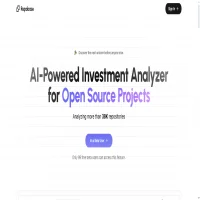







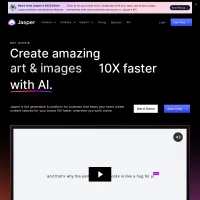
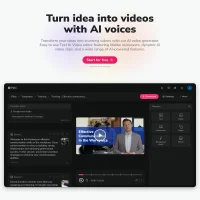
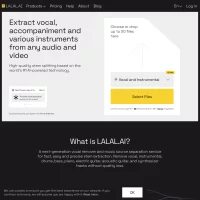


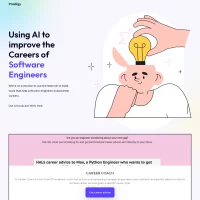

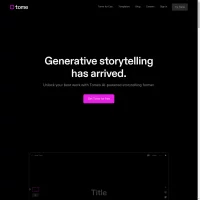

 AI Agents
AI Agents